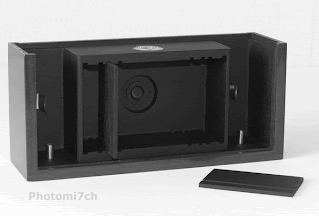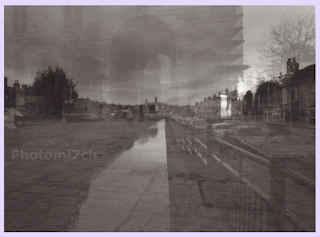 It was a wise decision to use the look down viewfinder. It has aloud me
It was a wise decision to use the look down viewfinder. It has aloud me
to make some extreme angle and candid images without to much fuss. If
someone catches my eye after making an image of them I always offer a card
so they can get in touch if they would like a copy of the image.
You get some looks when people suddenly realized that you may have included
them in a picture and or have a camera in your hand. You become a demon
that needs a scowl to keep you at bay so they can carry on their way with
there soul intact . I'm pleased to say there are others only to happy to chat.
But here is the rub I do not always print my images to include all the detail and
therefore they may only be a shadow.
I have found that the longevety of a project can be dependent on the kit you
use. Which bring me onto the camera system this can help or hinder the
possiblities in some cases. I know some people think I'm cracked to be lugging
a round a Bronica SQAi and that it is film based. You have to remember that it
is a pro set up meaning by changing the viewfinder I have a new angle of view
and therefore a different composition with the same lens, film combination. By
doing this it keeps the possibilities fresh. Likewise a change of lens would do
the same along with a change of film format from 120 to say 35mm.
The Bronicas look down viewfinder shows the picture back to front where left is
right, right is left. This can change the look of the compostion making it or
bracking it. It can also be frustrating when it comes to dealing with a fast moving
street scene. This is where familatery with the way the camera works comes
into play.
There are no rules to street photograph you do not have to use the same kit all
the time as hinted at above it is good to mix it up by doing so it keeps it fresh.
Oh! And Keep an open mind.
Time moves on and so do I with camera in hand scouting for the next picture.
Techinal Data:
Monochrome images scanned from prints using flat bed scanner. Ilford multigrade RC paper.
Pictures and article are the copyright of Mitch Fusco 2023.
Here are links to Previous posts on Street photography project if you have missed them.


















































